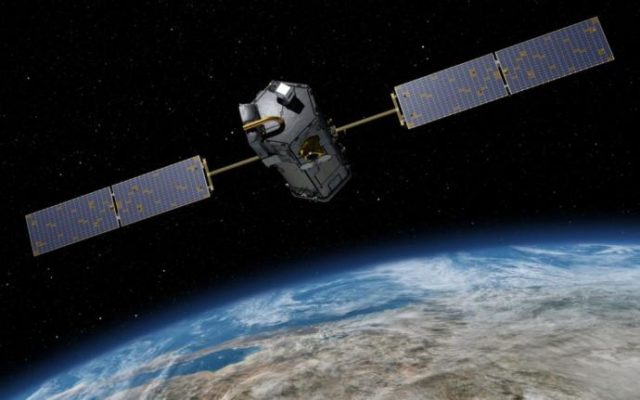iPaulina

Measuring carbon emissions from space
How NASA is helping solve climate changeNASA has just sent an instrument up to the International Space Station to monitor global carbon dioxide emissions. The instrument, called OCO-3 (Orbiting Carbon Observatory 3), will be used to try and tie down uncertainties in our knowledge about carbon dioxide cycling.
OCO-3 was launched on 4 May and docked successfully on 6 May. The previous instrument, OCO-2, was put into orbit in 2014, and is still travelling around the Earth on a sun-synchronous global orbit, meaning it sees any given location at the same time of day every day. However, as OCO-3 is onboard the ISS, it will only see locations up to 51 degrees north and south, but at different times of day. This is more useful to scientists as it will allow them to examine how plants’ ability to absorb carbon dioxide changes over the course of a day.
This mission is trying to work out how and where the greenhouse gas is being emitted (the sources) and where it’s being absorbed (the sinks), an investigation especially relevant when thinking about how we will combat climate change. Human activity has caused roughly a 30 percent increase in carbon dioxide in the atmosphere since the industrial revolution because the large volumes of the gas we are emitting are tipping the very delicate balance of the carbon cycle – essentially, we are emitting more carbon dioxide than sinks can absorb. The OCO-3 mission hopes to examine the areas that are affecting the balance between carbon emissions and absorption and hopefully allow us to change this. It can also measure plant photosynthesis by recording the light emitted by plants, which will be useful in learning about carbon dioxide absorption.
Ruby V







